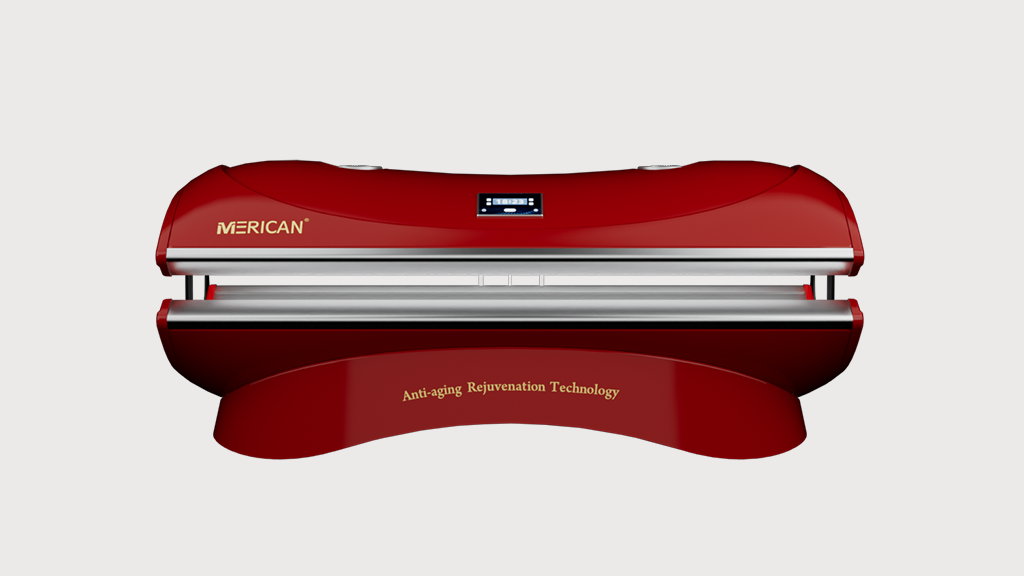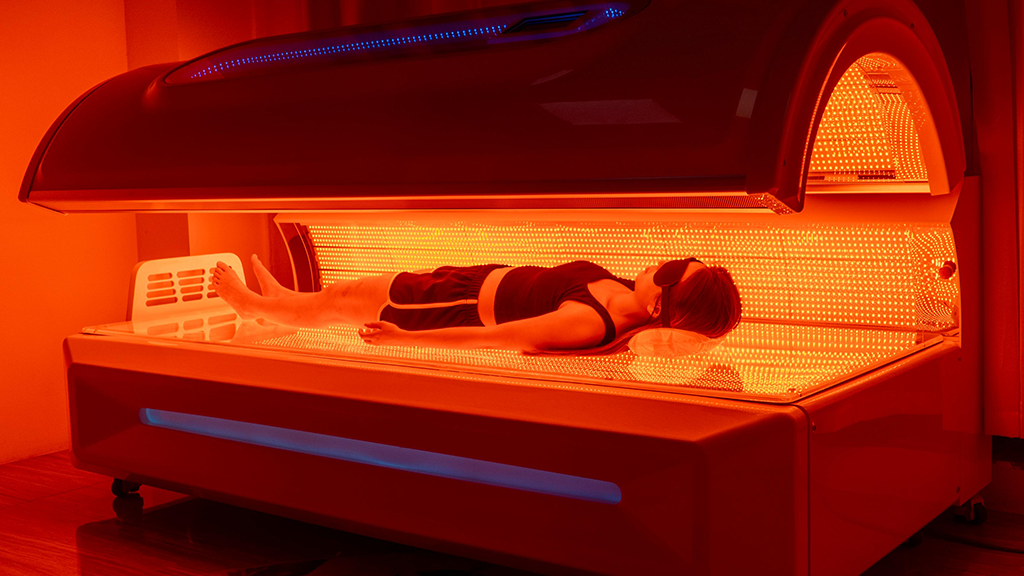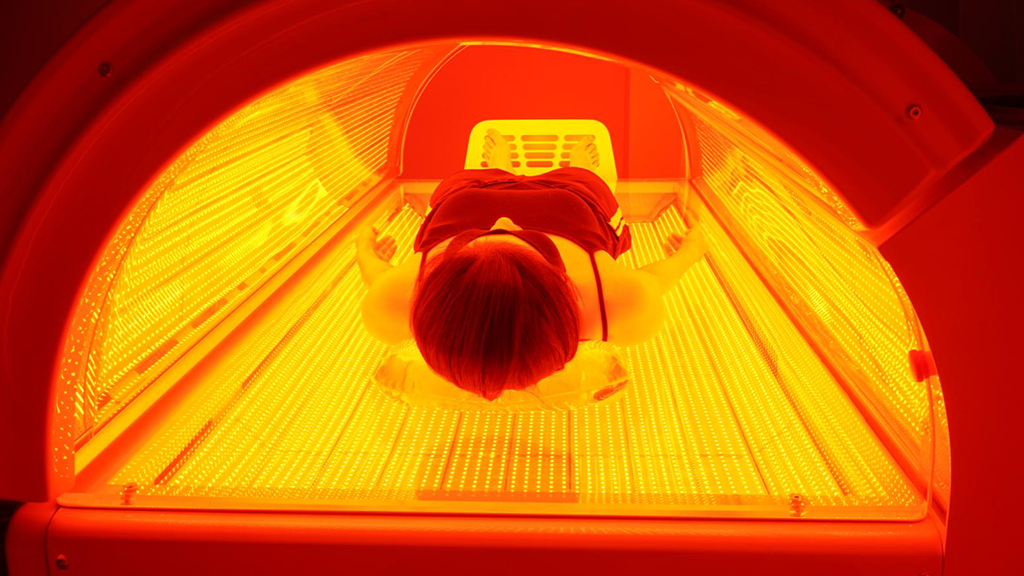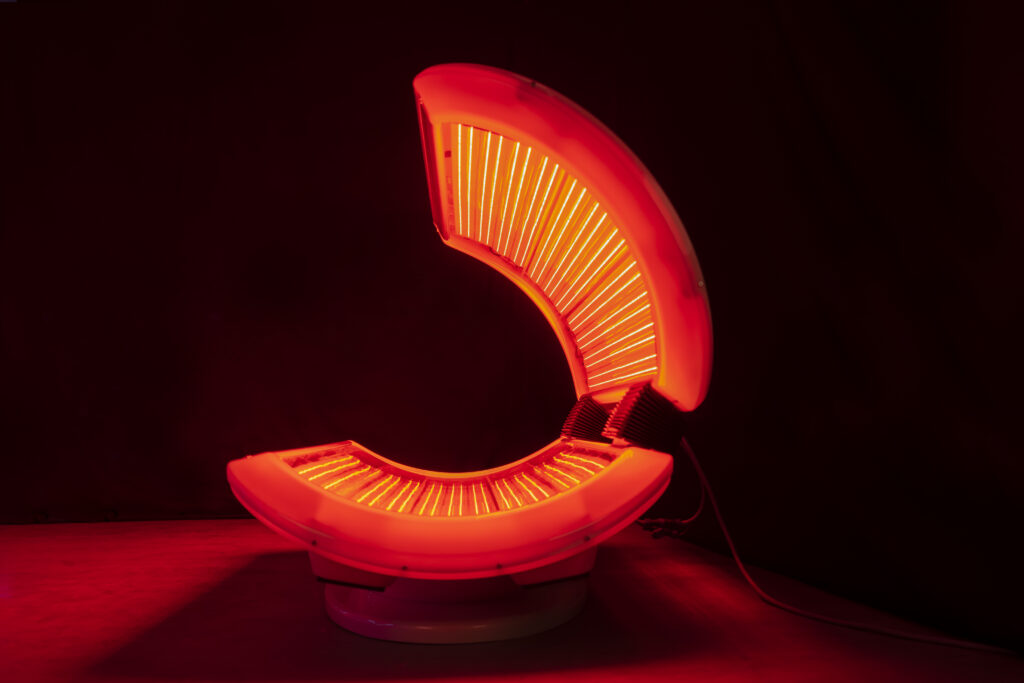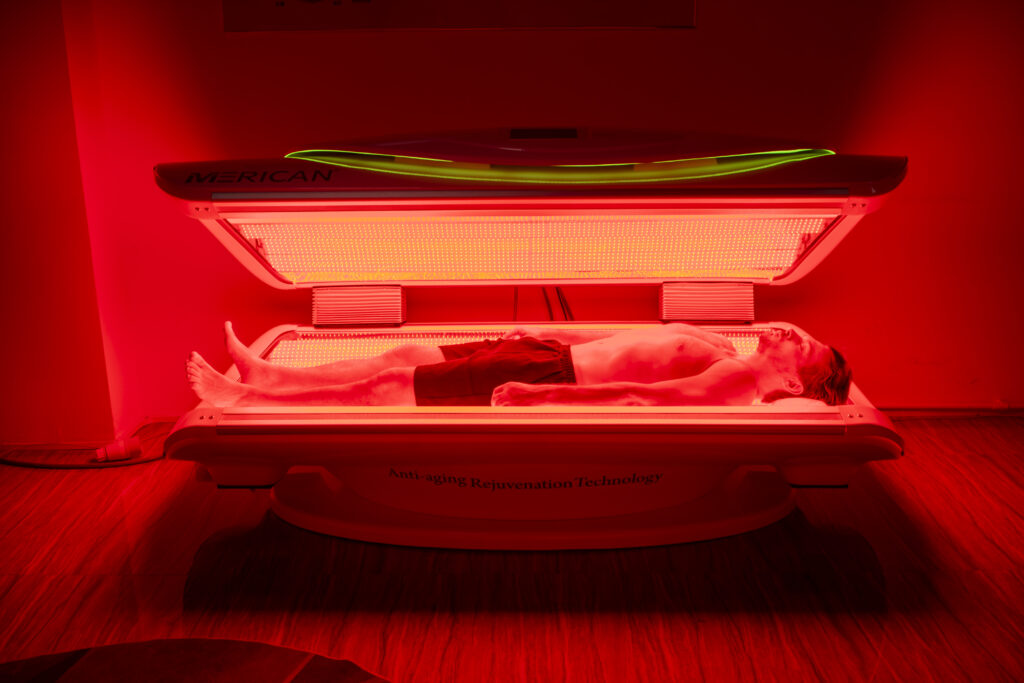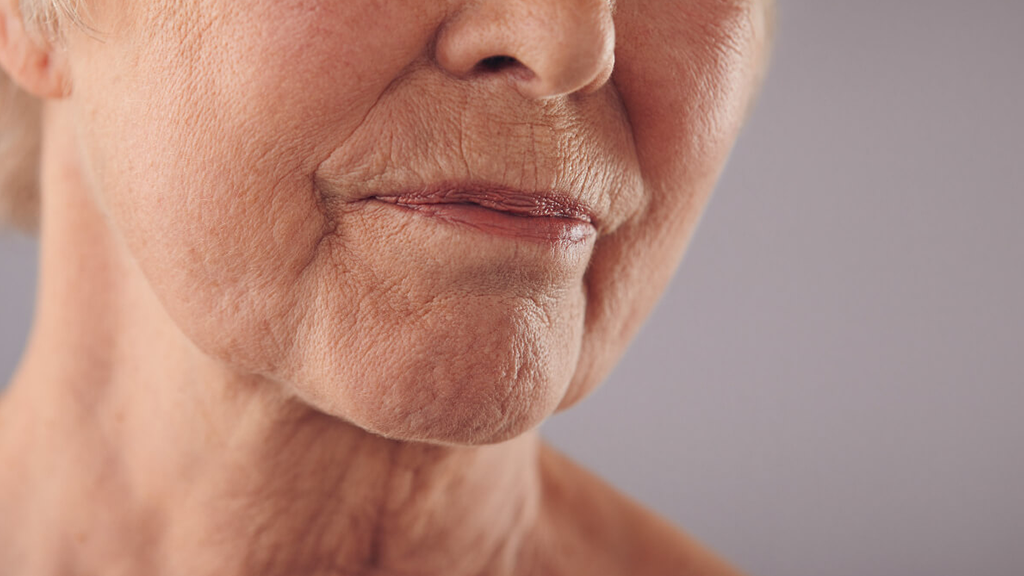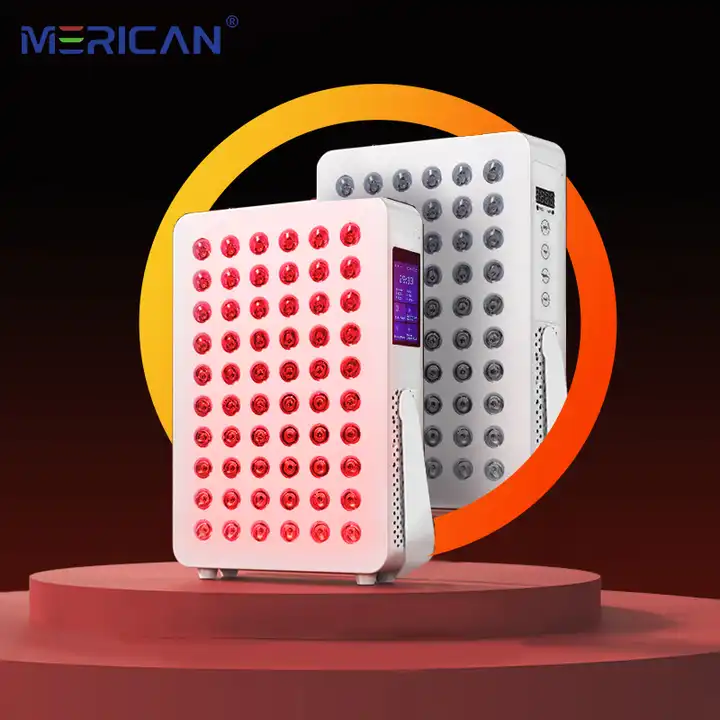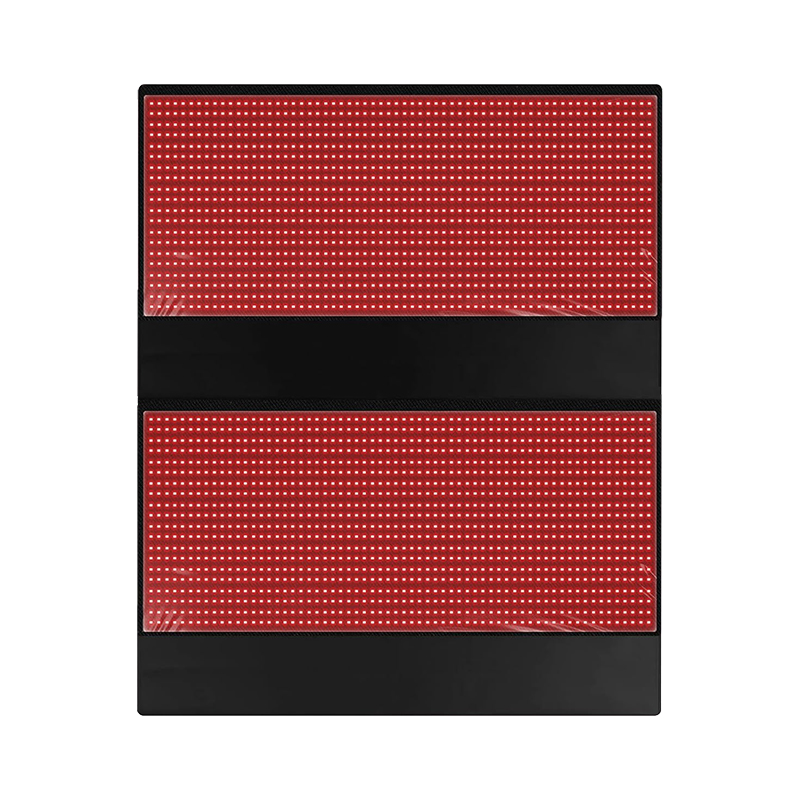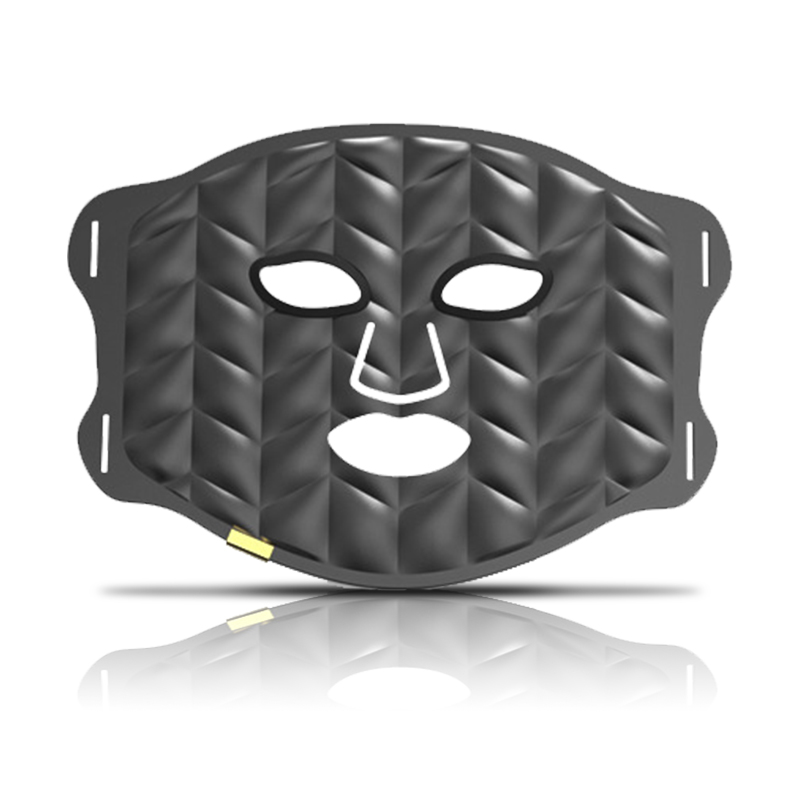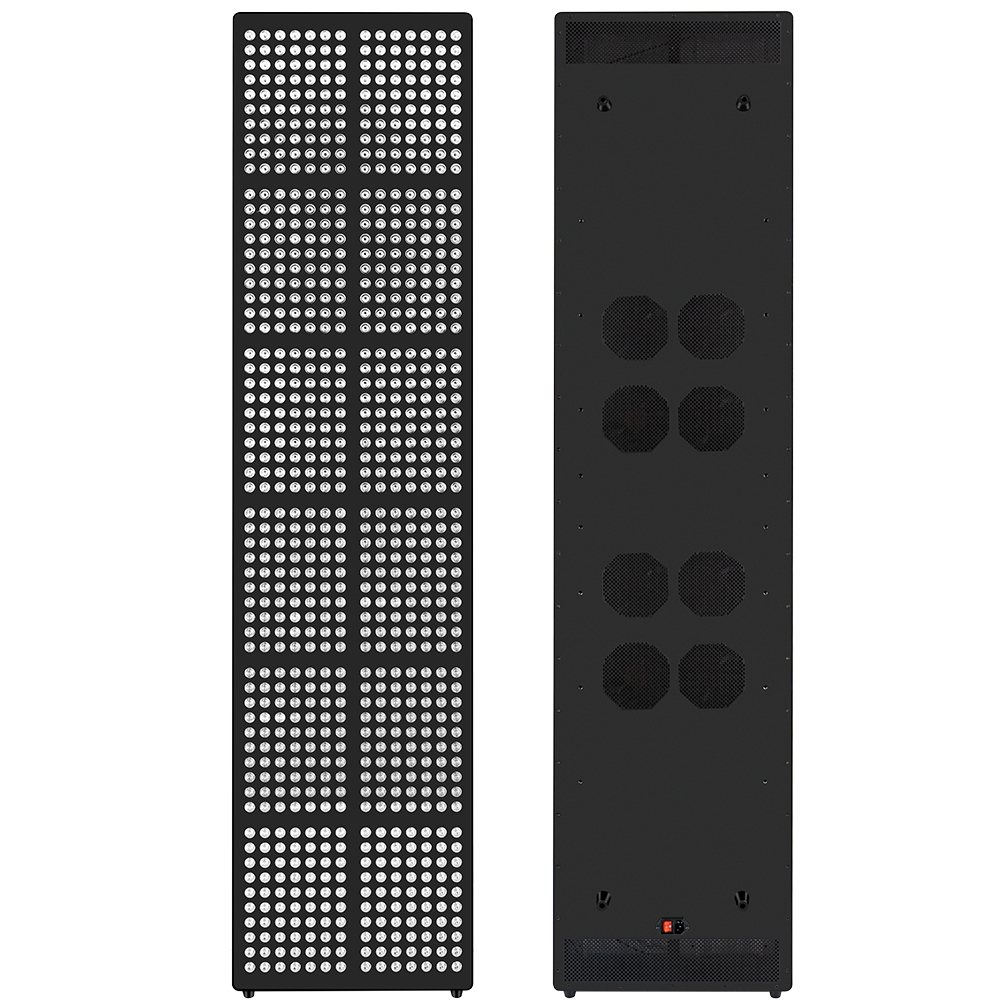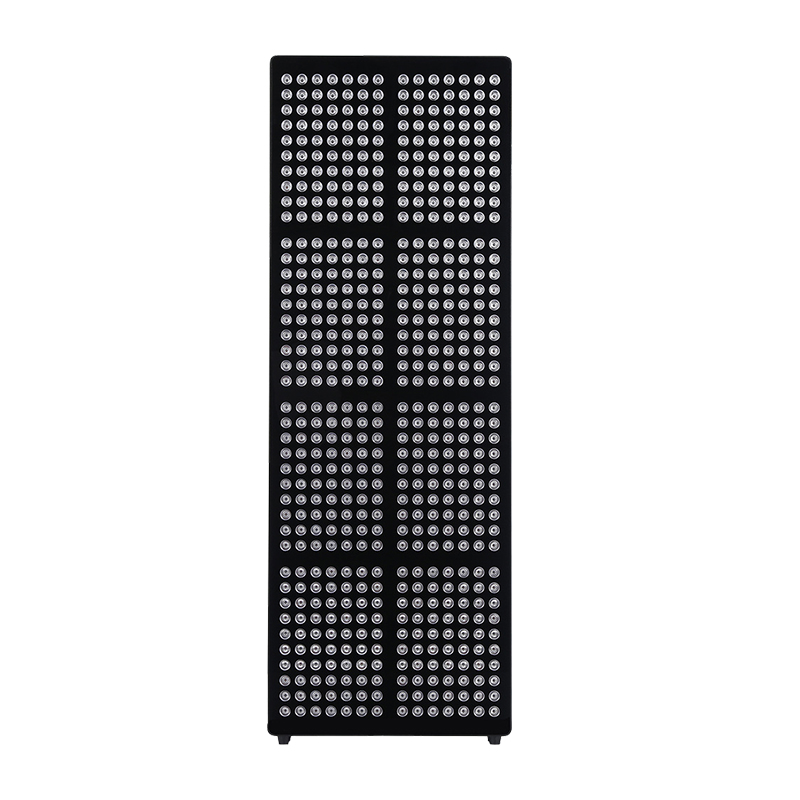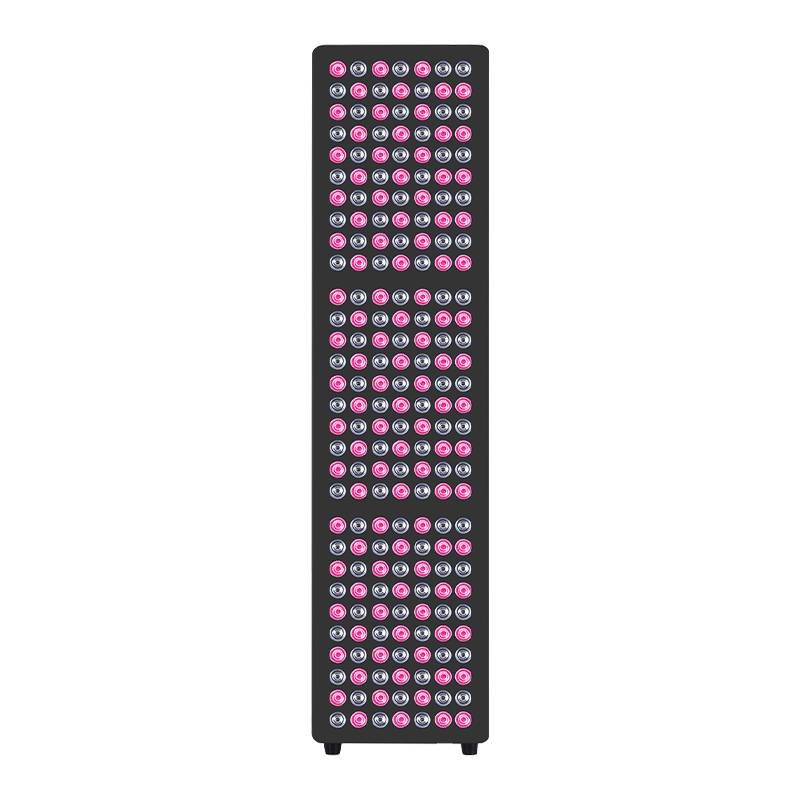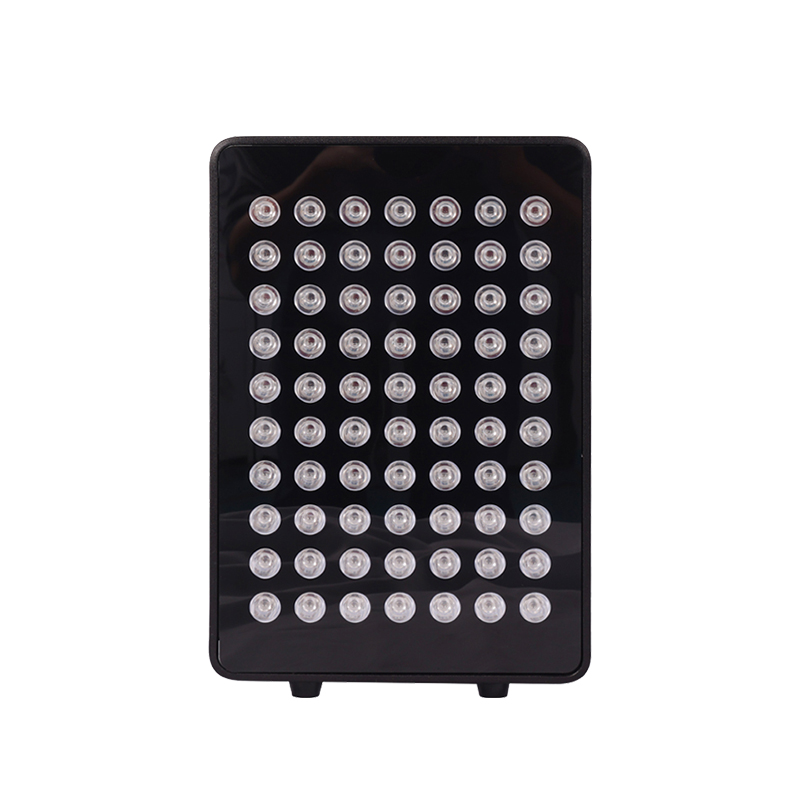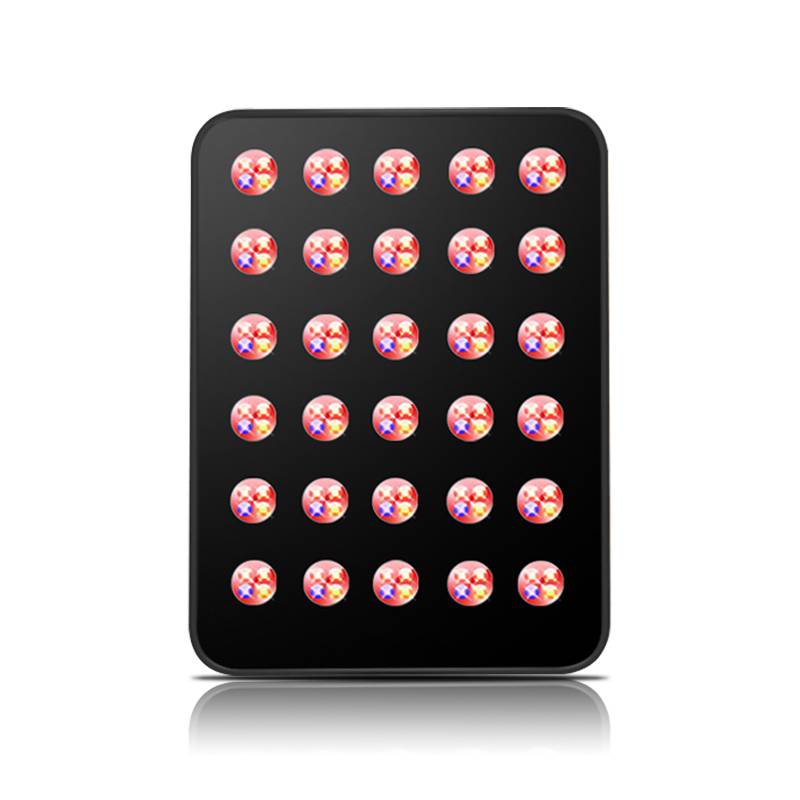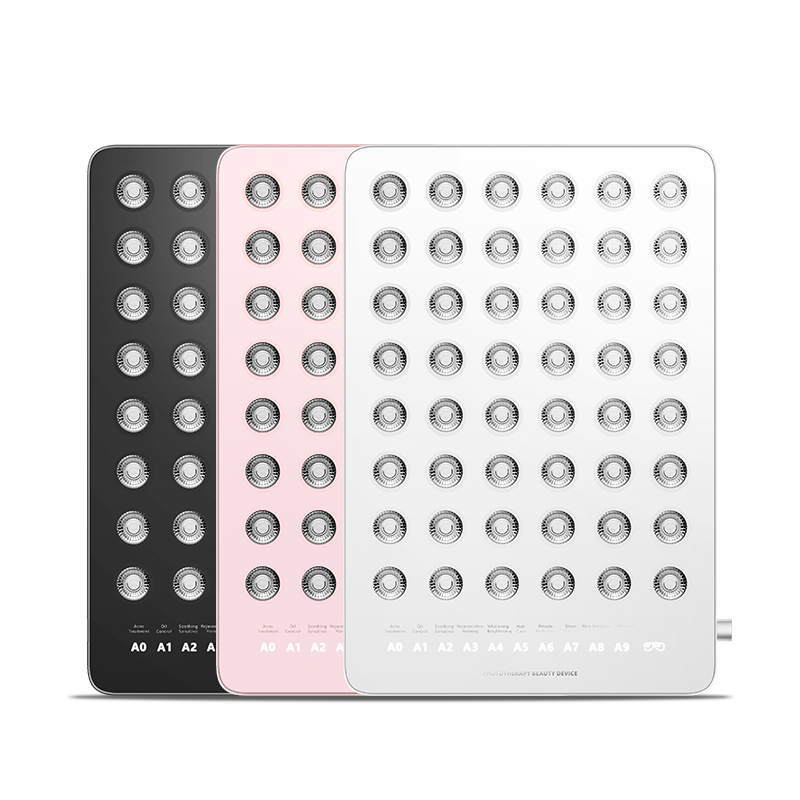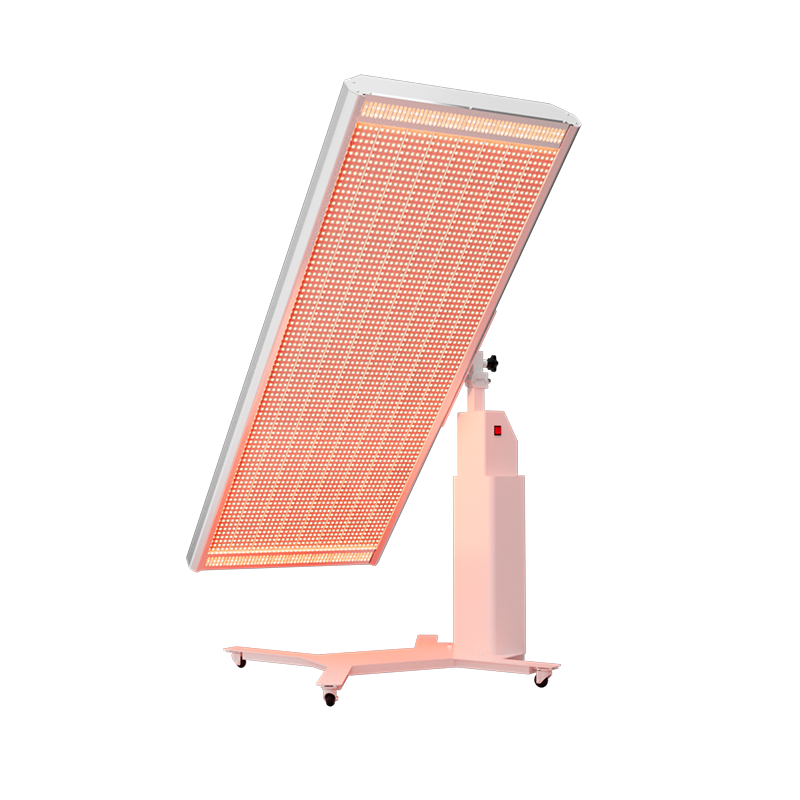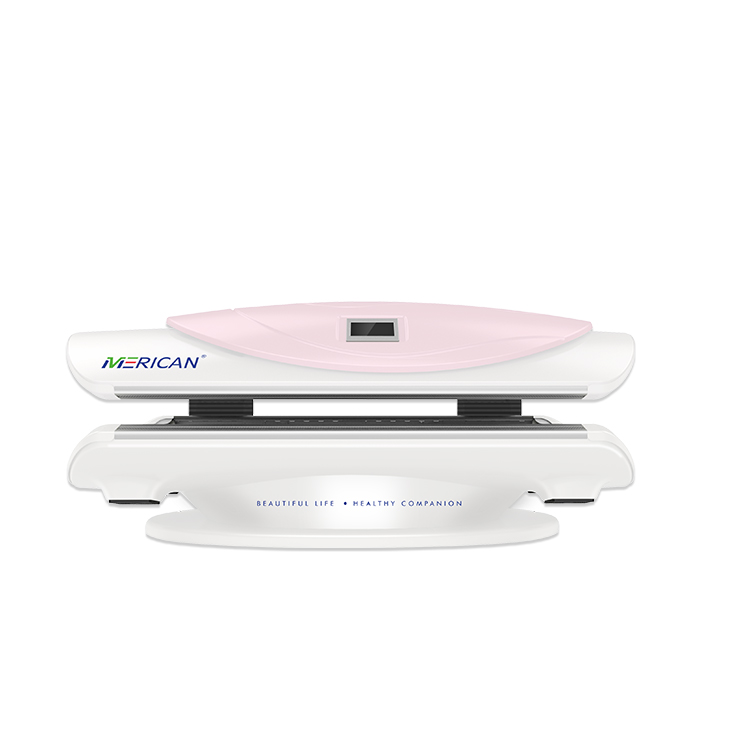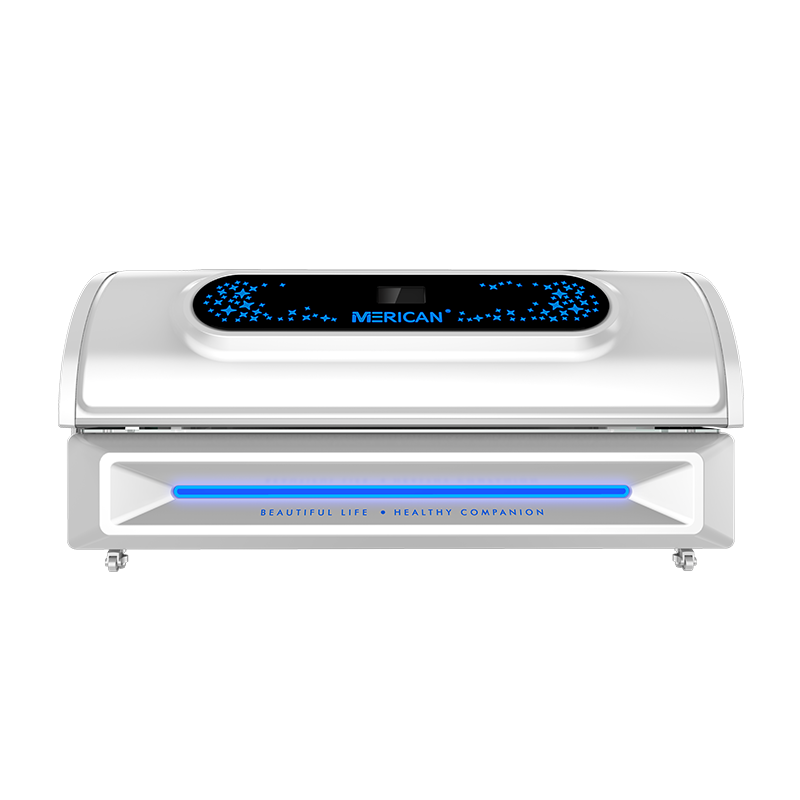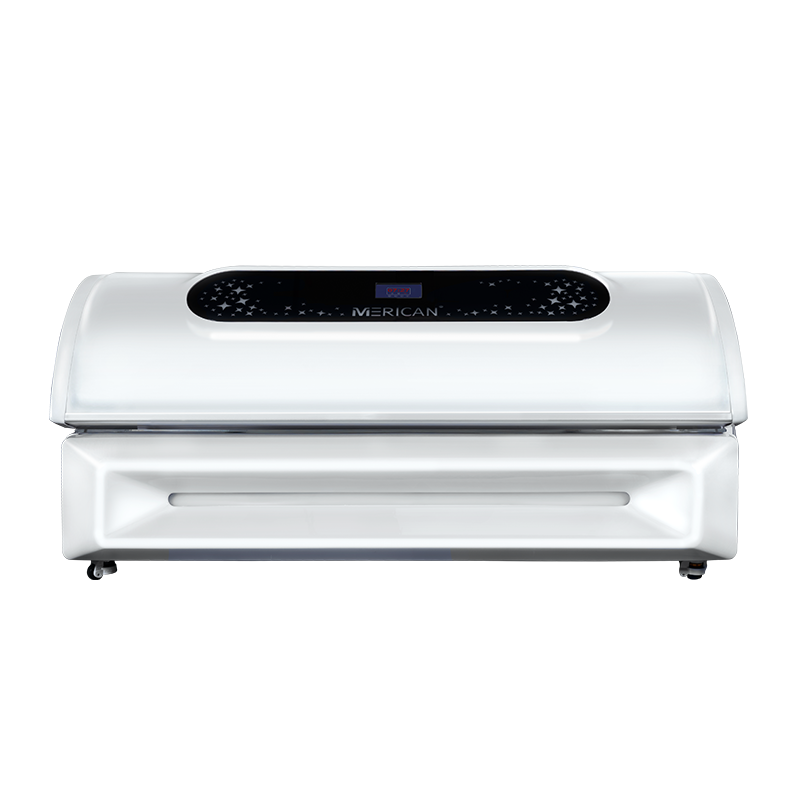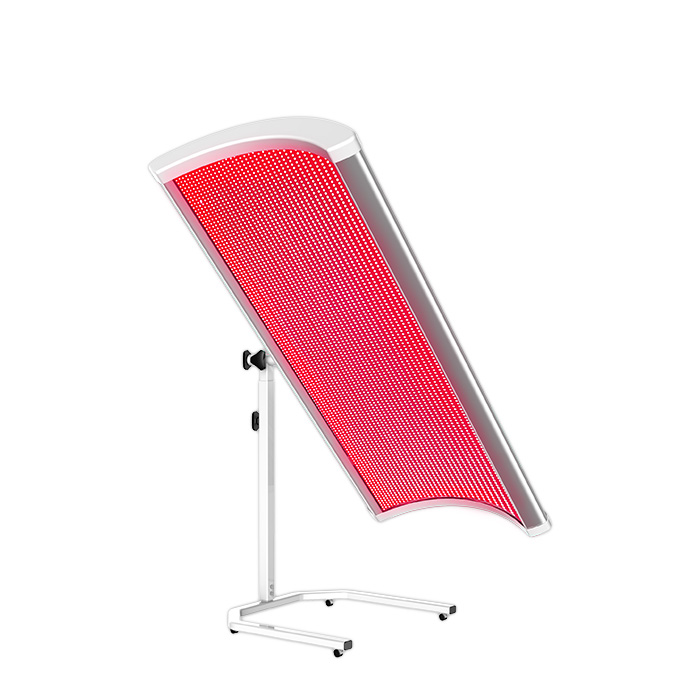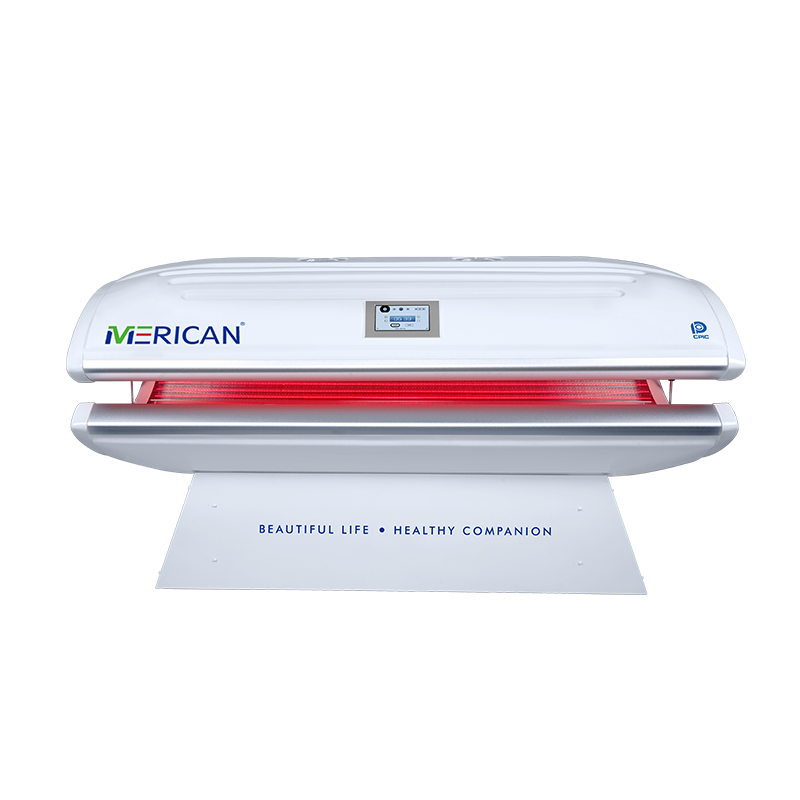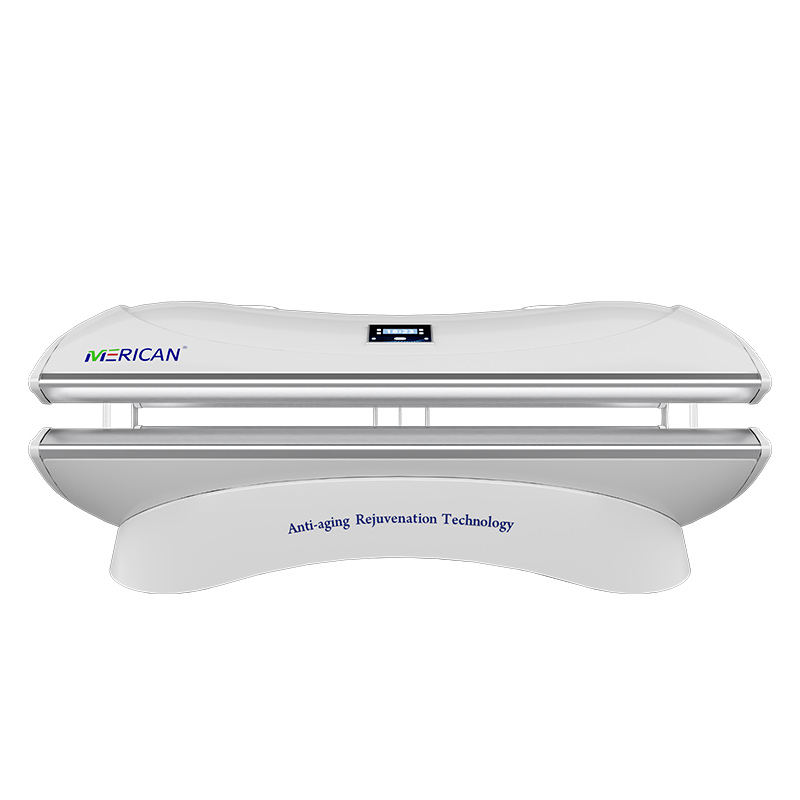For millions living with arthritis, the relentless pain, stiffness, and inflammation can feel like a life sentence. While traditional treatments like medication and physical therapy are cornerstone, a natural, drug-free approach is gaining significant scientific backing: Red Light Therapy (RLT), also known as photobiomodulation (PBM).
But is it truly good for arthritis? A growing body of research suggests that RLT can be a powerful tool for managing arthritis symptoms and improving joint health from within.
How Can Light Help Aching Joints?
Red Light Therapy uses specific wavelengths of red and near-infrared (NIR) light. Unlike UV light, these wavelengths are safe and penetrate the skin to reach deep into tissues and joints.
When this light energy is absorbed by the cells, it triggers a remarkable chain of biological events:
- Reduces Inflammation: RLT has been shown to suppress key inflammatory cytokines, the molecules responsible for the swelling and pain in arthritic joints. This is one of its most significant benefits.
- Relieves Pain: By lowering inflammation and improving cellular function, RLT can provide substantial pain relief, helping to break the cycle of chronic discomfort.
- Promotes Tissue Repair: The light energy boosts cellular energy (ATP) production, giving your cells the fuel they need to repair damaged cartilage and synovial tissue.
- Improves Circulation & Reduces Stiffness: RLT stimulates the formation of new capillaries, enhancing blood flow to the affected joints. This delivers more oxygen and nutrients while flushing away waste products, leading to reduced morning stiffness and better mobility.
What Does the Science Say?
Numerous studies have investigated RLT for both osteoarthritis (OA) and rheumatoid arthritis (RA). A 2020 systematic review published in the journal Lasers in Medical Science concluded that RLT effectively reduces pain and improves functional capacity in patients with knee osteoarthritis without adverse effects.
How to Use Red Light Therapy for Arthritis
Using RLT is simple and non-invasive. For joint pain, the device is placed directly over the affected area—such as knees, hands, hips, or shoulders.
- Session Length: Typical sessions last between 10 to 20 minutes per joint.
- Frequency: For best results, consistency is key. Most protocols recommend daily use or at least 3-5 times per week.
- Devices: You can find professional treatment at physiotherapy clinics or use a high-quality, high-power device at home for convenient daily care.
The Bottom Line
Red Light Therapy is not a cure for arthritis, but it is a potent, science-supported complementary therapy. It addresses the root causes of arthritis pain—inflammation and cellular dysfunction—offering a safe, natural path to reduced pain, less stiffness, and a better quality of life. As always, consult with your doctor before starting any new treatment to ensure it’s right for your specific condition.

